*Inspired by, and borrowed from, Emily Esfahani Smith’s book, The Power of Meaning: Crafting a Life That Matters
For alternate translation, press the arrow to the right.
Theory of Change: Explained
The core of our work revolves around creating spaces for people to build a sense of meaning through belonging, purpose, transcendence, and storytelling. Our theory of change (pictured above) is built around finding the nexus between the arts, health and wellness, and agricultural systems. We work with our community and partners to develop tools, strategies, and practices of rural economic development and revitalization (sustainable food and agricultural business models) that lead to:
- Social equity
- Environmental justice
- Individual and community wealth
In line with permaculture principles and ethics, these strategies and tools are meant to be self-sustaining. That is, an initial investment in building the business soon becomes autonomous and requires little input, but reaps tons of rewards for agricultural landscapes, the prosperity of the community, and the personal fulfillment of land stewards. We aim to think through every component so that the model naturally fosters greater social equity and provides a clear roadmap for the poorest members of the community to build wealth for themselves and those around them. At the heart of this is a deep connection to, and appreciation for, the physical landscape. By tapping into intuition, acting in service to others, and rekindling a sacred relationship to the earth, we believe that these models for business will have a profound impact on the shared identity of the communities in which they are practiced, ultimately leading to a strong social fabric and resilience in the face of disruptions.
How it Works
The work of Mezclada is interdisciplinary at its core. We work with people to help them understand how to leverage the nexus of their personal identity and their potential impact on the food system, as well as the nexus of an abundance mindset and food production. The diagram below illustrates the elements that we strive to bring together in our work and our relationships.
For alternate translation, press the arrow to the right.
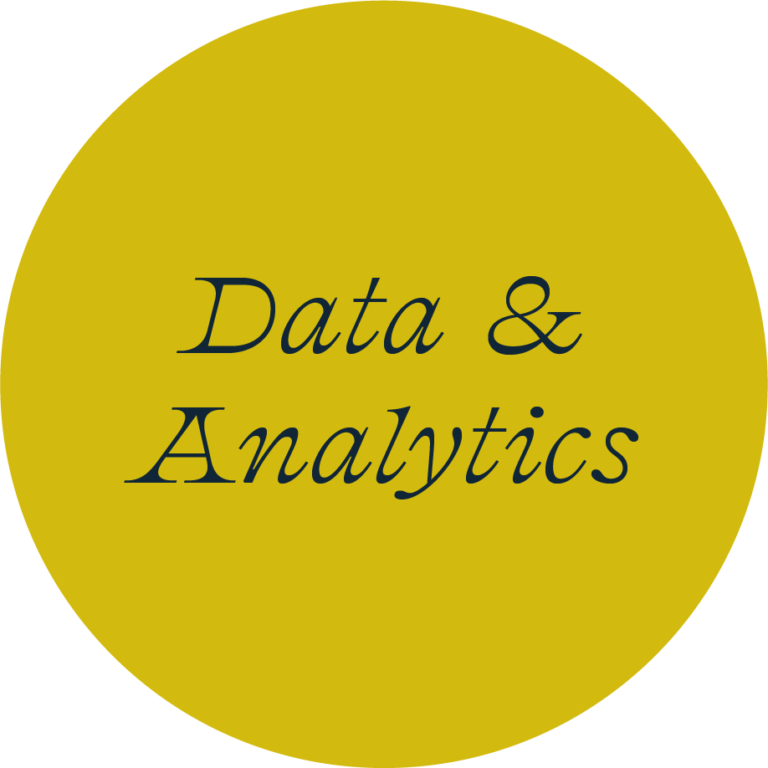
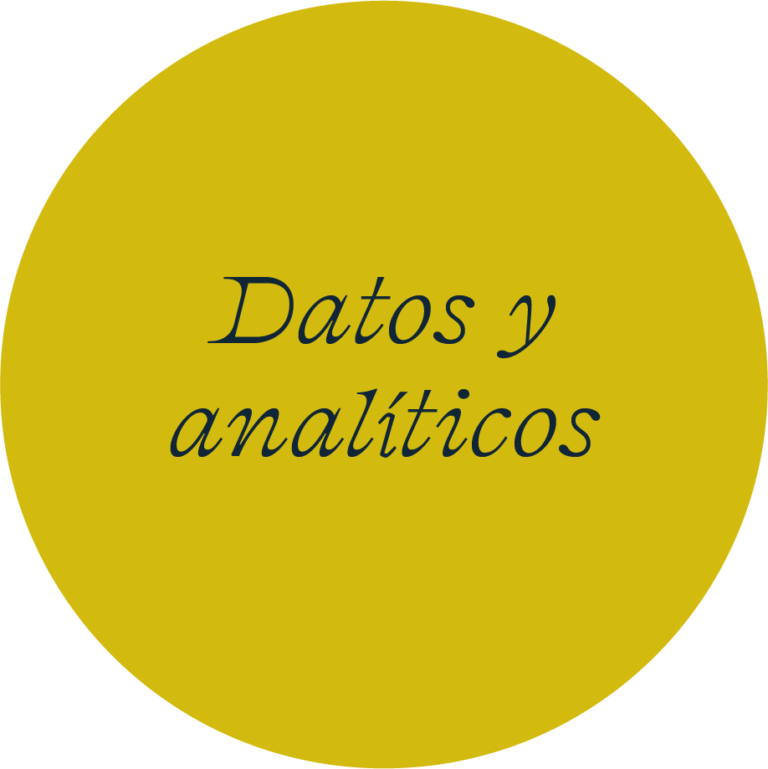
We believe that data and analytic tools can go a long way towards telling a compelling story. But more important than having data is having the right data. Many communities have experienced the harmful effects of extractive data mining, whether traditional knowledge, practices, or other culturally sensitive information. As such, we work collaboratively with our partners to define meaningful metrics for both parties and to ensure that our values are reflected in not only the kind of information we collect, but how it is collected, and with whom it is shared. We believe that ‘big data’ should work for us, the small- and medium-sized producers, and that much of this information must be holistically integrated with the latest agricultural technologies.
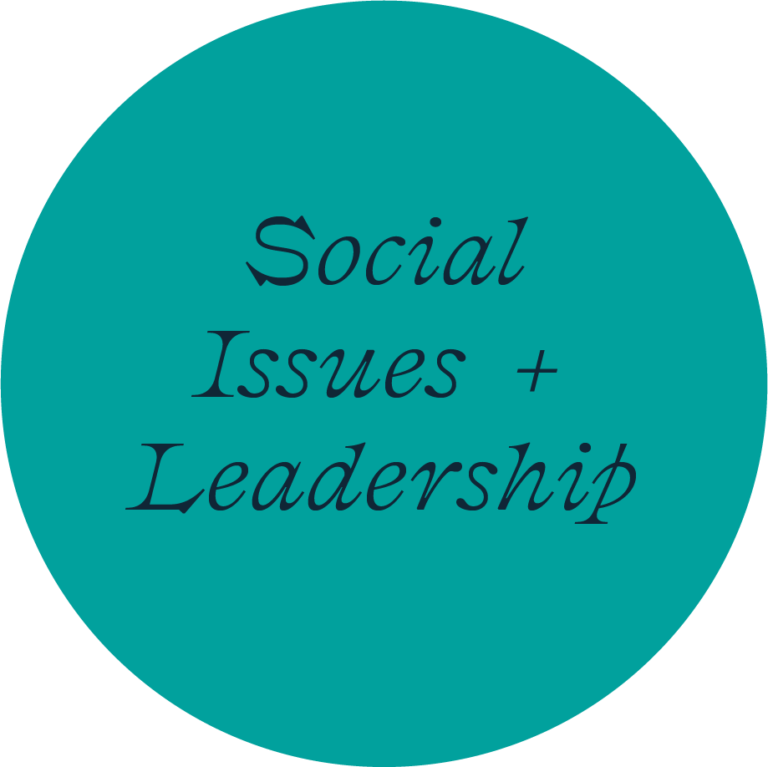
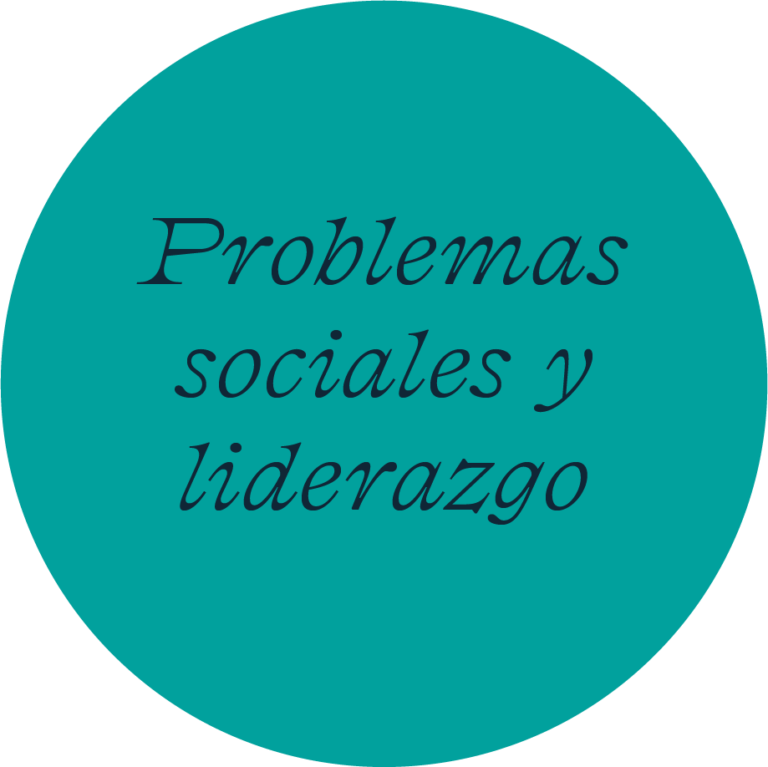
There is a dire need to accelerate people’s sense of agency, ownership, and personal investment in themselves. Too many people play small, and the rates at which our physical environment, human consciousness, and our desire to make a difference are changing at an all-time high. There is enormous potential to uplift rural people by giving them their own platforms to manage, organize, and collaborate. This means thinking outside the box of traditional workforce development and leadership training by throwing people head first into roles that force them to grow and step up to the level of responsibility that’s being asked of them. We believe that creative solutions to our community’s most pressing social issues will result in greater well-being of all residents, and that this requires investing in social capital. How are we strengthening the mindsets of those who lead? This is a question we use as an evaluative framework for our work.
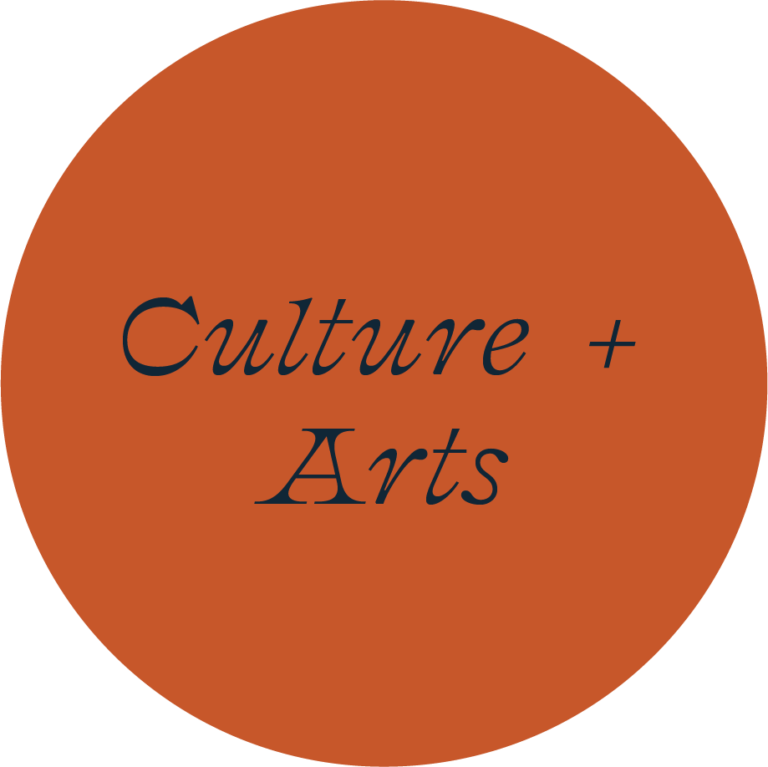
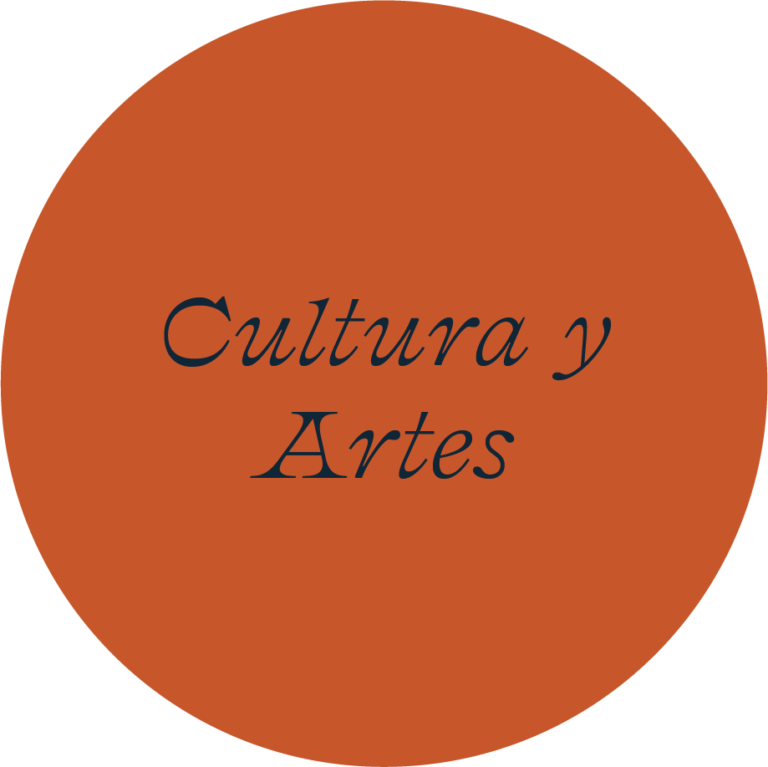
Celebrating the arts and culture lies at the heart of what we do. Whether through storytelling, graphic design, music, or theatre, the arts have the capacity to move us in ways that no amount of data analysis can come close to. We seek to bring more creativity and an artists’ lens to our work, finding ways to share our quantitative findings so that they are accessible, and developing personal growth education offerings that celebrate all the ways of learning and knowing. We believe in using the arts to inspire and create spaces where people fully express themselves and embrace the authenticity of those around them. Ultimately, if we aren’t blurring the lines between work and play, we’re not doing our jobs well.
The How
At the center of our theory of change diagram lies ‘the how’ – the mechanisms to put all of these into practice. At the moment, they are unknown, but we fully expect the strategies and goals to be co-created with those we work with. These strategies bridge the digital with real, felt experiences of people on the ground. The way in which we communicate metrics and data attracts the kinds of collaborators who share our values and strive to make a big change in the world. We seek relationships in which our collective knowledge and resources can be funneled into emerging leaders from diverse backgrounds.
Together, these strategies aim to build a movement of growers who are shifting and advancing the narrative around social enterprise in Greater Minnesota, the arts as a source of economic development, and food as a tool for social change.
We can’t wait for you to get involved!